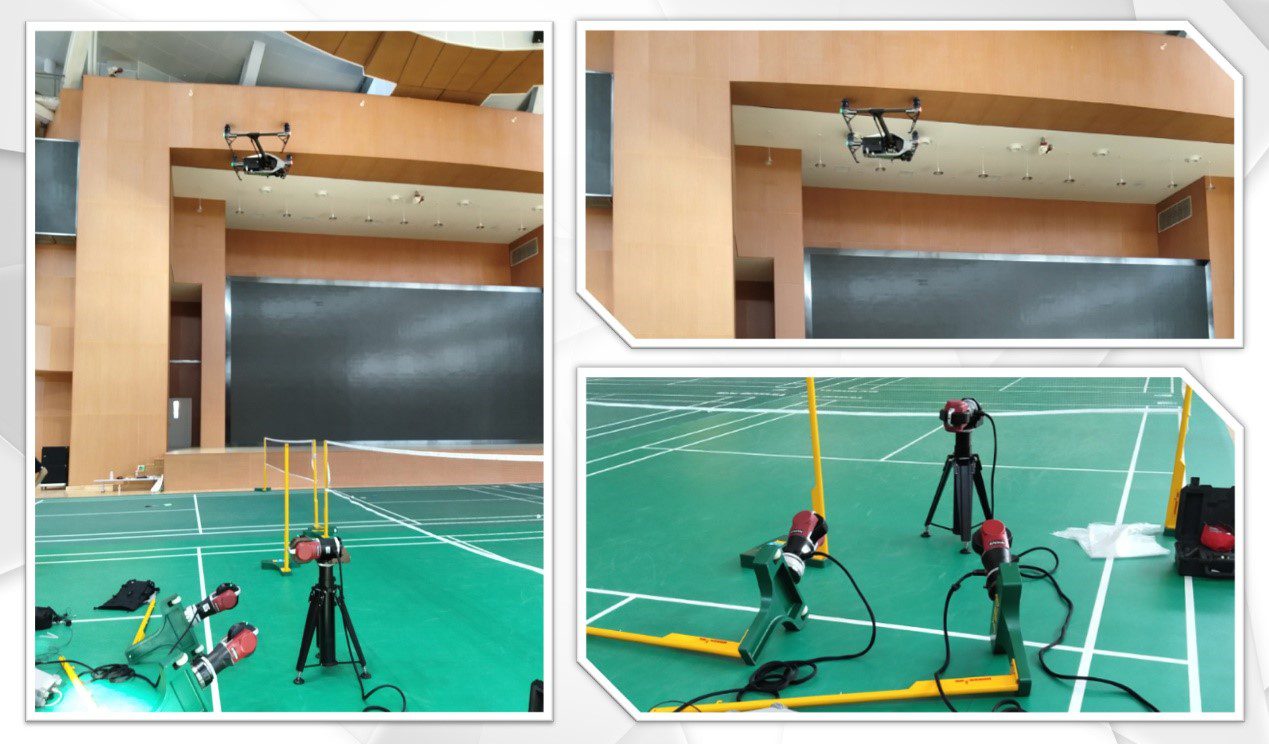Unmanned Aerial Vehicles (UAVs) are aerial vehicles operated by radio remote control and programmed control devices. UAVs can primarily be divided into four categories: fixed-wing UAVs, rotary-wing UAVs, umbrella-wing UAVs, and unmanned airships. The concept of a UAV was proposed in the 1920s and has undergone several technological innovations in the century since. UAVs are now widely used in aerial photography, agriculture, medical care, transportation, maintenance, disaster relief, meteorology, exploration, communications, national defense, and various other industries and fields.
 With the high frequency of UAV applications and the constant refinement of their operations, performance demands for the industry are continually getting higher and higher; in order to meet these high requirements for UAV performance, UAV manufacturers need to be able to produce a greater volume of units while hitting tighter performance standards, And in the debugging test after assembly, stricter tolerance standards and detail controls have been implemented.
With the high frequency of UAV applications and the constant refinement of their operations, performance demands for the industry are continually getting higher and higher; in order to meet these high requirements for UAV performance, UAV manufacturers need to be able to produce a greater volume of units while hitting tighter performance standards, And in the debugging test after assembly, stricter tolerance standards and detail controls have been implemented.
For both the manufacturing and production processes of UAVs, including the debugging and testing processes, API provides comprehensive precision measurement solutions for all aspects of the industry.
API UAV Industry Survey Solutions
1. In-line measurement and inspection of UAV components
In order to produce better-performing drones, each component needs to be precisely inspected during the manufacturing process to ensure that the dimensions of each component meet tolerance requirements.
In order to meet the dual requirements of high precision and efficiency for modern online component inspection, API has developed several smart factory precision measurement systems, including using a Radian Laser Tracker with micron-level accuracy to provide real-time positioning guidance for RapidScan hybrid optical scanners. RapidScan mounts directly to the end-effector of the robot, communicating the robot’s position with the tracker and at the same time quickly scanning components to ensure high precision of the measurement.
2. UAV assembly and docking guidance
Once parts are machined, the assembly and docking guidance needs to be performed to the same tolerances as the production. API’s various precision measurement equipment options, such as Radian, RapidScan, iScan3D laser line scanner, vProbe tactile measuring sensor, and API Arm and scanner, can accurately obtain part data and quickly create a digital twin, which can be compared in metrology software. Using the digital twin, parts can be assembled virtually first, which greatly improves the success rate of actual assembly and allows for areas of rework to be quickly identified without any component disassembly.
3. Dynamic monitoring of UAV trajectory
For some special-purpose small UAVs, take-off, landing, and flight in a specific area must be carried out strictly according to the preset trajectory. In order to ensure the exact path is being followed, it is very important for dynamic monitoring of the UAV’s flight trajectory.
Using Radian and Active Target motorized SMR, flight testers can perform real-time dynamic trajectory monitoring of the UAV under test conditions. When measuring, Active Target is installed upside down on the drone, and it automatically rotates to keep connection with the tracker’s beam. This allows the tracker to continuously track and measure the trajectory of the UAV and feed the data back to the computer in real-time. The instant data collection informs the drone operator on the drone’s performance compared to the flight plan, whether it is flying on a predetermined trajectory, and key parameters such as speed and acceleration, so as to make timely adjustments and calibrations.
4. 6 degrees of freedom (6DoF) monitoring of UAV attitude
Similar to dynamic monitoring of UAV trajectories, UAVs designed for specific purposes need to adjust their altitudes in specific areas so that they can successfully perform functions and complete operational tasks. This requires 6DoF measurement for the UAV in a specific area to obtain its altitude at the corresponding position and guide it to make real-time corrections and calibrations.
For 6DoF measurement of the UAV, 3 Radians can be used to track 3 high-precision SMRs mounted on the UAV, so as to obtain the real-time 6DoF information of the UAV to be tested. It is worth mentioning that based on their compact body design, API’s Radian Laser Trackers can be mounted horizontally, upside down, or inclined at any angle, so as to obtain better results in a limited working space. Radian’s larger measurement angle can cover a wider measurement field.
In short, from precision inspection on the production line to exact assembly testing and guidance to flight path tracking and correction, API’s state-of-the-art laser-based dimensional metrology equipment provides accurate, stable, convenient, and feasible precision measurement solutions that drone manufacturers need to ensure the quality and performance of their UAVs. To learn more about API’s equipment or our Globally Local services teams, fill out the form below to contact us and speak to a Real Metrologist today.
This content was first published on the API Metrology website.

